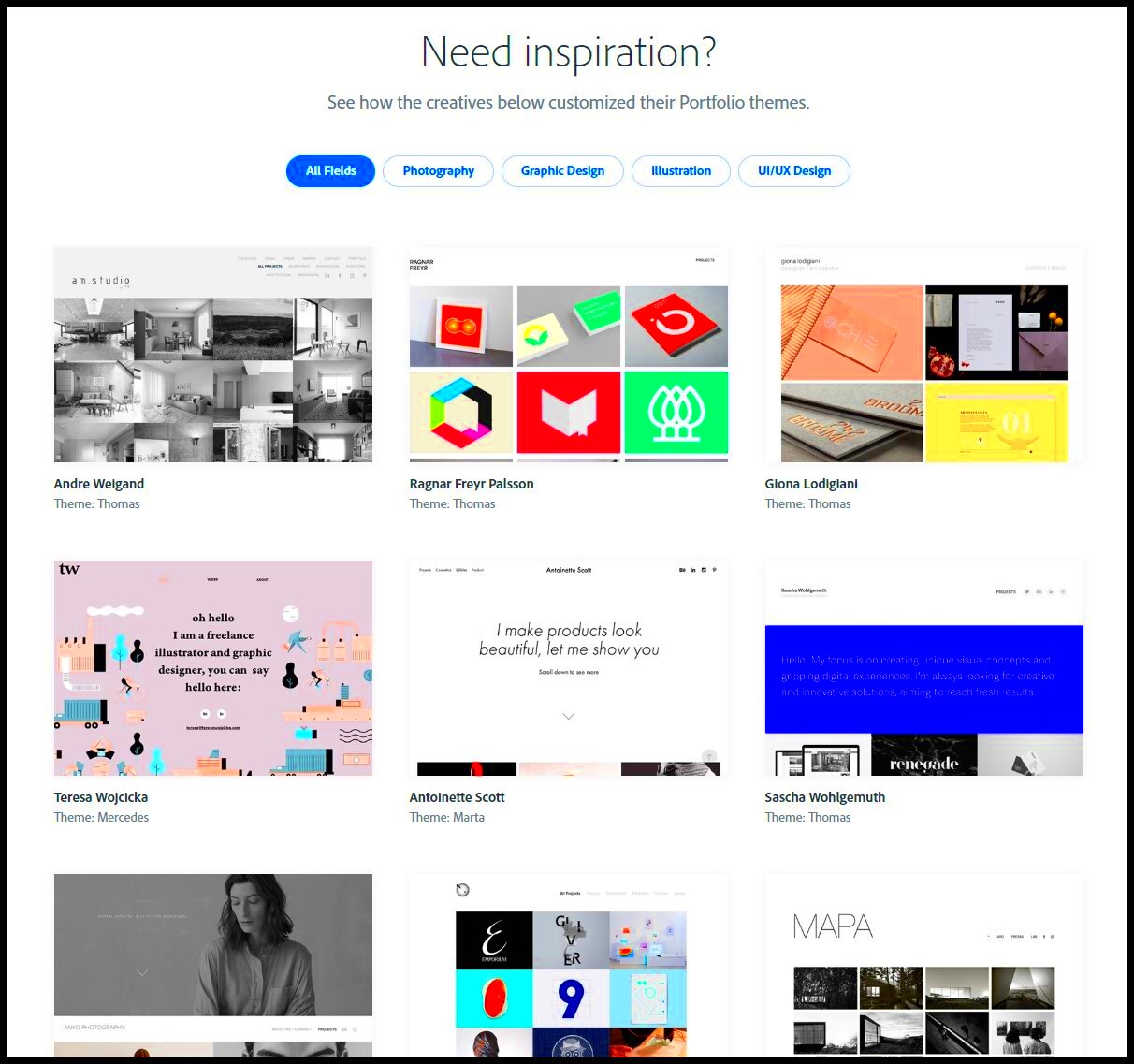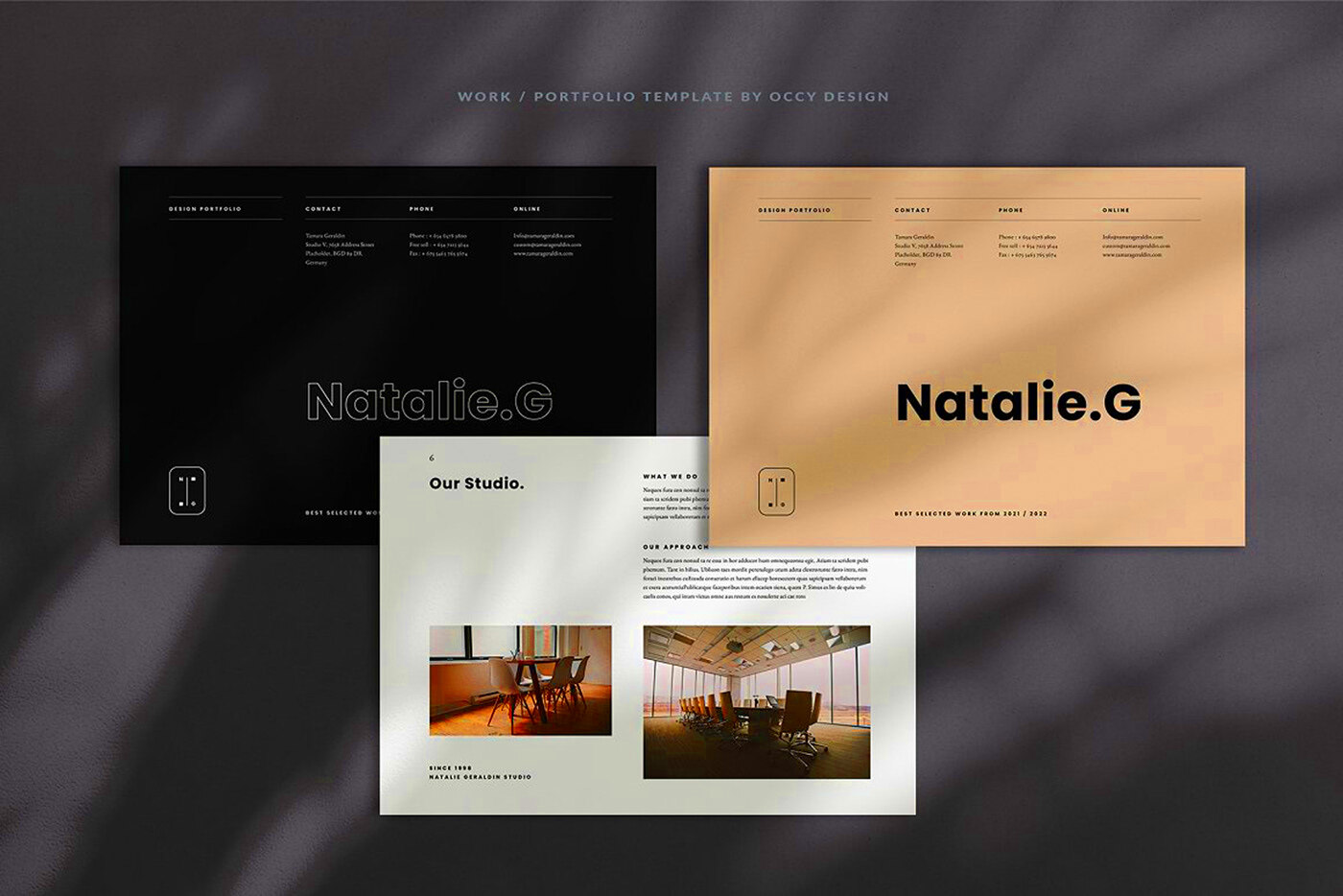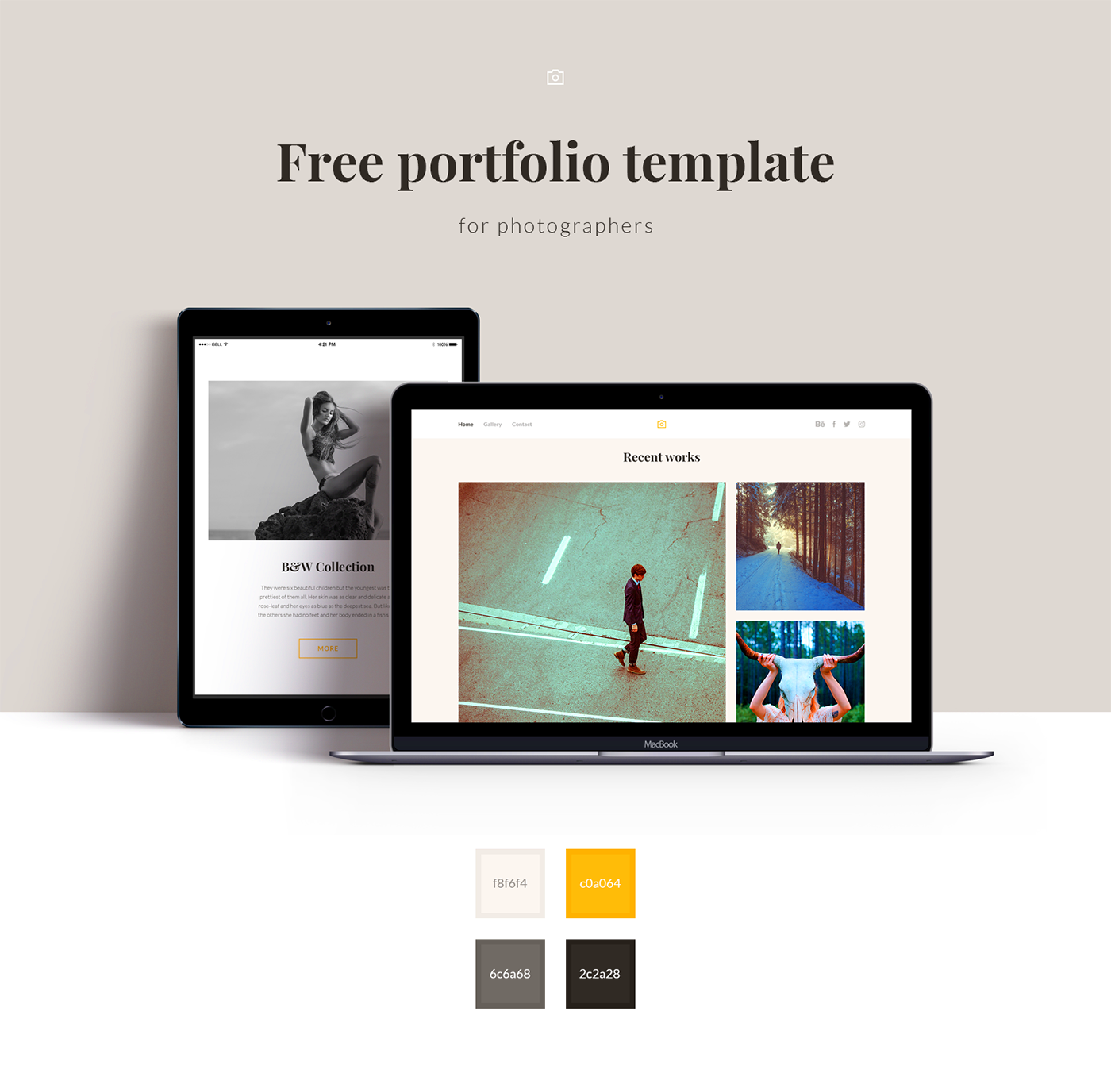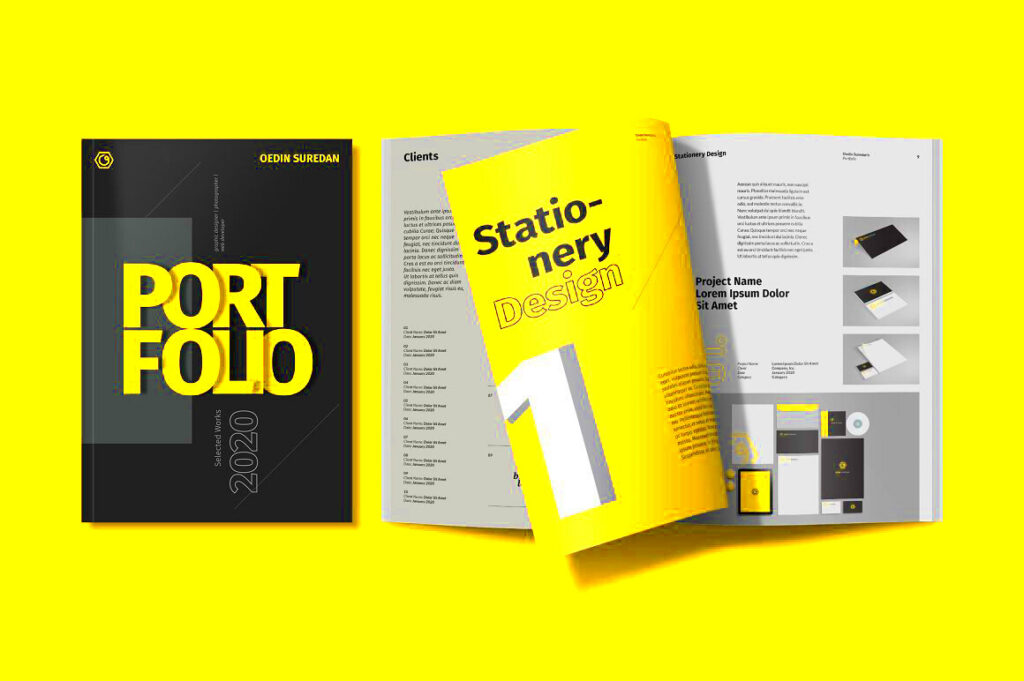Having a strong portfolio is essential for showcasing your work and attracting potential clients or employers. A well-curated portfolio acts as your visual resume, highlighting your skills and creativity. It's not just about what you create; it's also about how you present it. A strong portfolio helps you stand out in a crowded field and gives viewers a reason to choose you over others.
Your portfolio should reflect your unique style and expertise. It can lead to exciting opportunities, whether freelance gigs, collaborations, or full-time positions. Think of it as a tool that opens doors and makes connections. With the right projects and presentation, you can impress your audience and make a lasting impact.
Choosing the Right Projects to Showcase

When it comes to selecting projects for your portfolio, quality matters more than quantity. Here are some tips to help you choose wisely:
- Select Diverse Work: Include a variety of projects that highlight different skills and styles. This shows your versatility.
- Highlight Your Best Work: Choose projects that you're most proud of. If you feel passionate about a project, it will shine through.
- Consider Your Audience: Think about who will be viewing your portfolio. Choose projects that appeal to your target clients or employers.
- Showcase Your Process: If possible, include sketches or drafts to give insight into your creative process. This adds depth to your work.
Remember, it's better to have a few standout pieces than a lot of average ones. Take the time to curate your selection carefully.
Also Read This: Optimal Dimensions for LinkedIn Banner Images
Organizing Your Portfolio Effectively

How you organize your portfolio can significantly impact how others perceive your work. Here are some strategies for effective organization:
- Group by Category: If you work in different mediums or styles, consider organizing your portfolio by category. This makes it easier for viewers to navigate.
- Use a Logical Flow: Arrange your projects in a way that tells a story. Start with your strongest work to grab attention, then follow with complementary pieces.
- Make Navigation Easy: Use clear labels and sections. An intuitive layout helps viewers find what they want quickly.
- Include a Table of Contents: If your portfolio is extensive, a table of contents can guide viewers through your work.
Taking the time to organize your portfolio effectively will enhance the overall experience for viewers, making it easier for them to appreciate your talent.
Also Read This: Finding your Behance URL
Using High-Quality Images in Your Portfolio

Images are the heart of your portfolio, and using high-quality visuals is crucial. Poor-quality images can turn viewers away and undermine your hard work. When potential clients or employers browse your portfolio, they want to see clear, vibrant images that showcase your skills. High-quality images help to create a professional appearance and can significantly enhance the overall impression of your work.
Here are some tips for ensuring your images shine:
- Use Proper Lighting: Good lighting is essential for capturing details and colors accurately. Natural light works wonders, so consider shooting your work near a window.
- Choose the Right Resolution: Ensure your images are high-resolution. This prevents pixelation and maintains clarity, especially for detailed artwork.
- Edit Thoughtfully: Use photo editing software to enhance your images, but avoid over-editing. Aim for a polished yet authentic look.
- Show Different Angles: For 3D projects or physical work, include images from various angles. This gives viewers a complete understanding of your piece.
Investing time in using high-quality images will pay off, making your portfolio more appealing and professional.
Also Read This: How to Sell More Photos on Shutterstock and Attract Buyers
Writing Engaging Project Descriptions
Writing engaging project descriptions is just as important as showcasing your work. A good description tells the story behind your project, helping viewers connect with your work on a deeper level. It's your chance to explain your thought process, techniques, and the challenges you overcame. A well-crafted description can make all the difference.
Here are some tips for writing effective descriptions:
- Start with a Hook: Begin with a captivating opening sentence that grabs attention. Make them want to read more.
- Be Concise: While details are important, keep your descriptions clear and to the point. Aim for a balance between informative and engaging.
- Highlight Your Process: Share insights into how you created the project. Discuss your inspiration, techniques, and any tools used.
- Include Outcomes: Mention the results of your project. Did you solve a problem or achieve a specific goal? Let viewers know.
Remember, a compelling project description can enhance the viewer's experience and create a stronger connection to your work.
Also Read This: How to Delete Your iStock Account with a Step-by-Step Guide
Adding Relevant Tags and Categories
Tags and categories are essential for organizing your portfolio and improving discoverability. They help viewers find your work based on specific interests or skills, making it easier for potential clients to connect with you. Properly categorized work can lead to more opportunities and increase your chances of being seen by the right audience.
Consider these tips when adding tags and categories:
- Be Specific: Use specific tags that accurately describe your projects. General terms may get lost among other works.
- Include Skills: Tag your projects with relevant skills or techniques. This helps viewers find your work based on their interests.
- Use Categories Wisely: Group similar projects together. This makes navigation easier and helps viewers see your range.
- Update Regularly: As you add new projects, revisit your tags and categories. Keep them relevant and accurate to reflect your current work.
By carefully adding relevant tags and categories, you make your portfolio more user-friendly and accessible, increasing your chances of connecting with potential clients.
Also Read This: How to Create a Small Robot at Home with This Easy DIY Tutorial
Promoting Your Portfolio on Social Media
Promoting your portfolio on social media is a powerful way to reach a wider audience and showcase your work. Social media platforms offer a fantastic opportunity to connect with potential clients, collaborators, and followers who share your interests. By effectively sharing your portfolio, you can boost your visibility and attract new opportunities. But how can you do this in a way that stands out?
Here are some tips for promoting your portfolio effectively:
- Choose the Right Platforms: Focus on platforms where your target audience spends their time. For visual work, Instagram, Pinterest, and Behance are great choices.
- Share Engaging Content: Post not only your finished projects but also behind-the-scenes content, work-in-progress shots, and stories about your creative process.
- Use Hashtags Wisely: Utilize relevant hashtags to increase the discoverability of your posts. Research popular hashtags in your niche to reach a broader audience.
- Engage with Your Audience: Respond to comments and messages, and interact with others in your field. Building relationships can lead to more followers and opportunities.
- Cross-Promote: Share your portfolio link across all your social media accounts. Consider using a consistent bio link that directs users to your portfolio.
By taking the time to promote your portfolio on social media, you can create a buzz around your work and connect with people who appreciate your style.
Also Read This: How to Set a Screen Time Limit on YouTube for Better Control
FAQ about Creating a Good Portfolio on Behance
Creating a good portfolio can bring up many questions. Here are some frequently asked questions that can help guide you through the process:
- What should I include in my portfolio? Aim to showcase your best work, diverse projects, and anything that highlights your skills and creativity.
- How many projects should I display? Quality is more important than quantity. Aim for 5-10 strong pieces that reflect your style and expertise.
- Can I update my portfolio regularly? Absolutely! Regular updates keep your portfolio fresh and show your growth as a creative.
- How do I get feedback on my portfolio? Share your portfolio with peers, mentors, or online communities for constructive criticism and suggestions.
- Is it important to have a cohesive style? Yes, a cohesive style helps create a recognizable brand and makes your portfolio more memorable.
By addressing these common questions, you can better prepare yourself to create an impressive portfolio on Behance.
Conclusion on Making a Good Portfolio
In conclusion, creating a good portfolio is a vital step in showcasing your work and building your brand. From selecting the right projects to using high-quality images and engaging descriptions, every detail matters. Remember to organize your portfolio effectively and add relevant tags to enhance discoverability.
Promoting your portfolio on social media can further increase your reach and connect you with potential clients. Keep refining your work, seeking feedback, and staying active in your creative community. With dedication and attention to detail, you can create a portfolio that truly reflects your talent and opens doors to new opportunities.
So, get started on building your impressive portfolio today, and watch as it brings you closer to your goals!
